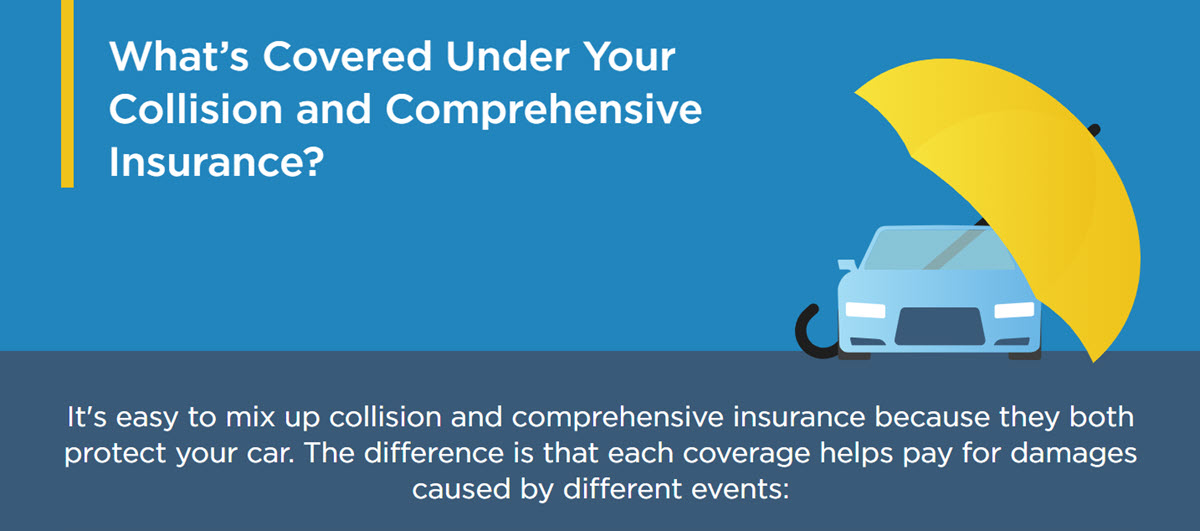When it comes to protecting your vehicle and your wallet, understanding what’s covered under your auto insurance policy can make all the difference. While it might seem like a daunting task, breaking down the nitty-gritty details can give you peace of mind and ensure you’re prepared for the unexpected. So, let’s dive in and explore what’s typically included in your auto insurance coverage.

Liability Coverage: The Basics
At its core, liability coverage is designed to protect you and your assets in the event you’re involved in an accident that causes damage to someone else’s property or injures someone. This coverage typically has two components: bodily injury liability and property damage liability.
Imagine you’re involved in a fender bender, and the other driver is injured. Your bodily injury liability would help cover the costs associated with the other driver’s medical expenses, lost wages, and even pain and suffering. Similarly, if you accidentally dent someone’s mailbox or scratch their car, your property damage liability would kick in to cover the costs of repairs.
Collision Coverage: Rebuilding Your Ride
Now, let’s talk about collision coverage. This type of coverage is designed to help you repair or replace your vehicle if it’s damaged in a collision, regardless of who’s at fault. Whether you accidentally back into a lamppost or get T-boned by another driver, collision coverage has got you covered.
Comprehensive Coverage: Protecting You from Life’s Uncertainties
Comprehensive coverage is like having a safety net for your vehicle. This coverage protects you against damages caused by events that aren’t related to a collision, such as:
- Theft or vandalism
- Natural disasters (e.g., floods, earthquakes, hurricanes)
- Falling objects (e.g., trees, rocks)
- Fire or explosions
- Animal collisions
If your car is stolen, vandalized, or damaged in a hail storm, comprehensive coverage would help cover the costs of repairs or replacement.
Other Coverage Options to Consider
While liability, collision, and comprehensive coverage are the basics, there are other coverage options you might want to consider, such as:
- Personal injury protection (PIP): Covers medical expenses for you and your passengers, regardless of who’s at fault.
- Uninsured/underinsured motorist coverage: Protects you if you’re involved in an accident with someone who doesn’t have insurance or has inadequate coverage.
- Rental car coverage: Helps cover the costs of renting a car if your vehicle is being repaired or replaced.
- Roadside assistance: Provides emergency services like towing, fuel delivery, and lockout assistance.
The Bottom Line
Understanding what’s covered under your auto insurance policy can be a game-changer. By knowing what you’re covered for, you can drive with confidence, knowing you’re protected in case of an unexpected event. Always review your policy documents carefully, ask questions if you’re unsure, and don’t hesitate to reach out to your insurance provider for clarification.




